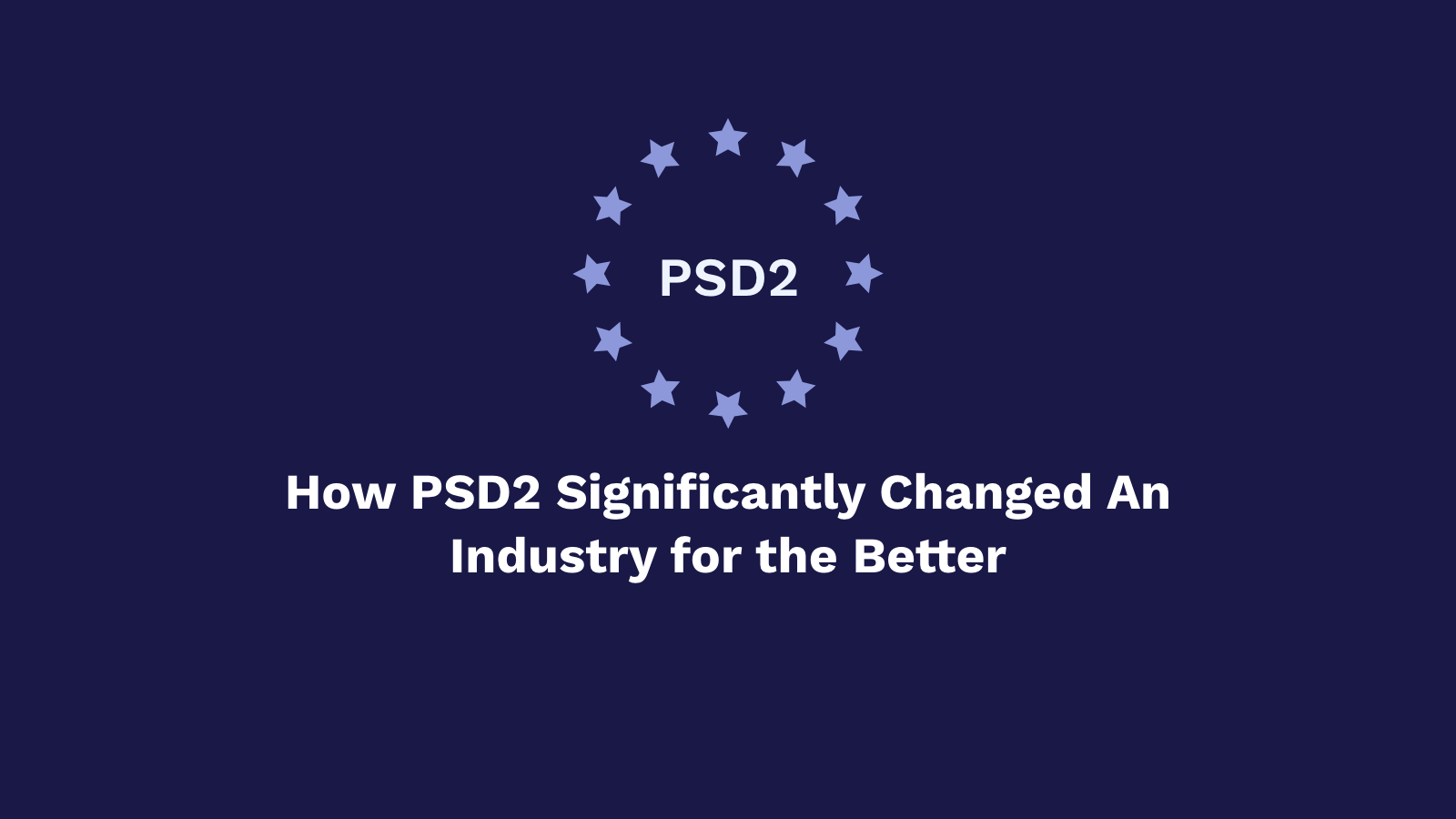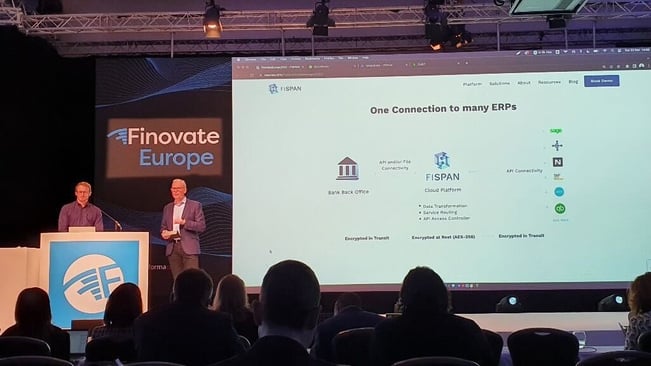
How PSD2 Significantly Changed an Industry for the Better
Open Banking, a secure way for financial institutions to provide third-party financial service providers access to data, existed well before PSD2 was implemented. However, the legislation has significantly accelerated both the adoption of and conversations surrounding Open Banking.
In enabling meaningful, data-driven innovation, PSD2 has proved to be a substantial consumer benefit by driving innovation and encouraging financial institutions to capitalise on practices set forward by Open Banking. Further, the legislation offers consumers greater control and options in relation to their banking information and payments. There are significant opportunities for banks to leverage PSD2 regulations.
“Those who’ve embraced Open Banking have seen how it has made it easier for customers to access FinTech products or even open accounts with other financial institutions while still transacting through their main bank’s platforms. Rather than getting frustrated with their bank’s limitations, customers will benefit by the ease in which they can work with their original institution.” - Clayton Weir, Co-Founder, FISPAN
Since 2018, there has been a significant increase in the establishment of consumer-focused banking services and innovation in the UK. This increase has fueled the competitive pressure in the consumer-banking space, thus enabling more intuitive and engaging customer experiences. Paykey is an example of embedded banking innovation. Paykey enables banks to offer their customers access to financial services, including peer to peer (P2P) payments, from within any mobile application. Paykey essentially integrates banking experiences within consumers’ everyday mobile interactions.
Approximately two-thirds of new Open Banking solutions are geared towards consumers, with the rest towards small and medium-sized enterprises (SMEs), according to a 2021 McKinsey report. With this industry shift, services for large businesses have been left behind. As consumers come to expect intuitive and improved user experiences in their personal banking, the question arises: Why aren’t these experiences also offered in my business banking experience?
Comparing banking service capabilities provided to businesses and consumers, the difference between functionalities offered can be striking. At a high level, major efforts from PSD2 have surrounded the simplification of processes for personal accounts. As capabilities offered with personal banking improve, commercial banking services have been pushed to the side.
 Robert Fillmore of
FISPAN demonstrates FinTech FISPAN's cloud platform live at Finovate Europe 2022. FinTechs like FISPAN can enable the functionalities not offered by PSD2 by connecting your bank to your ERP system.
Robert Fillmore of
FISPAN demonstrates FinTech FISPAN's cloud platform live at Finovate Europe 2022. FinTechs like FISPAN can enable the functionalities not offered by PSD2 by connecting your bank to your ERP system.
Since 2018, PSD2 has enabled transformative change for banking clients, Financial Institutions, and third parties, like FinTechs. As competition continues to evolve amidst the development of PSD2 and Open Banking across Europe, it’s integral that financial institutions stay ahead and continue to adapt to consumer expectations.
While PSD2 has accelerated conversations on Open Banking, it is not the be-all, end-all solution. Certain functionalities and data expected by clients are not enabled in full by the EU legislation, especially as we look further up in scale within the commercial banking space. For example, constraints are still present when navigating the authentication of payments for large banking services. As well, the information held in ERP systems are not mandated specifically within PSD2, limiting substantial potential in regards to flexibility and value.
Many thought leaders across the globe are preparing for Open Banking to launch us into the future. PSD2 has set a standard for regulatory compliance and we will continue to see its impact over the years as other countries announce and implement their own regulatory framework, modeled after PSD2. This is just the beginning; we will see this decade full of growth, innovation and change brought on through collaboration and financial data.
_
FinTechs like FISPAN can enable the functionalities not offered by PSD2. By connecting your bank to your ERP system, FISPAN facilitates ease of use and ease of payments, while unlocking the data you need from your ERP. Set up a demo here to see how your bank can stay ahead of Open Banking and PSD2.

